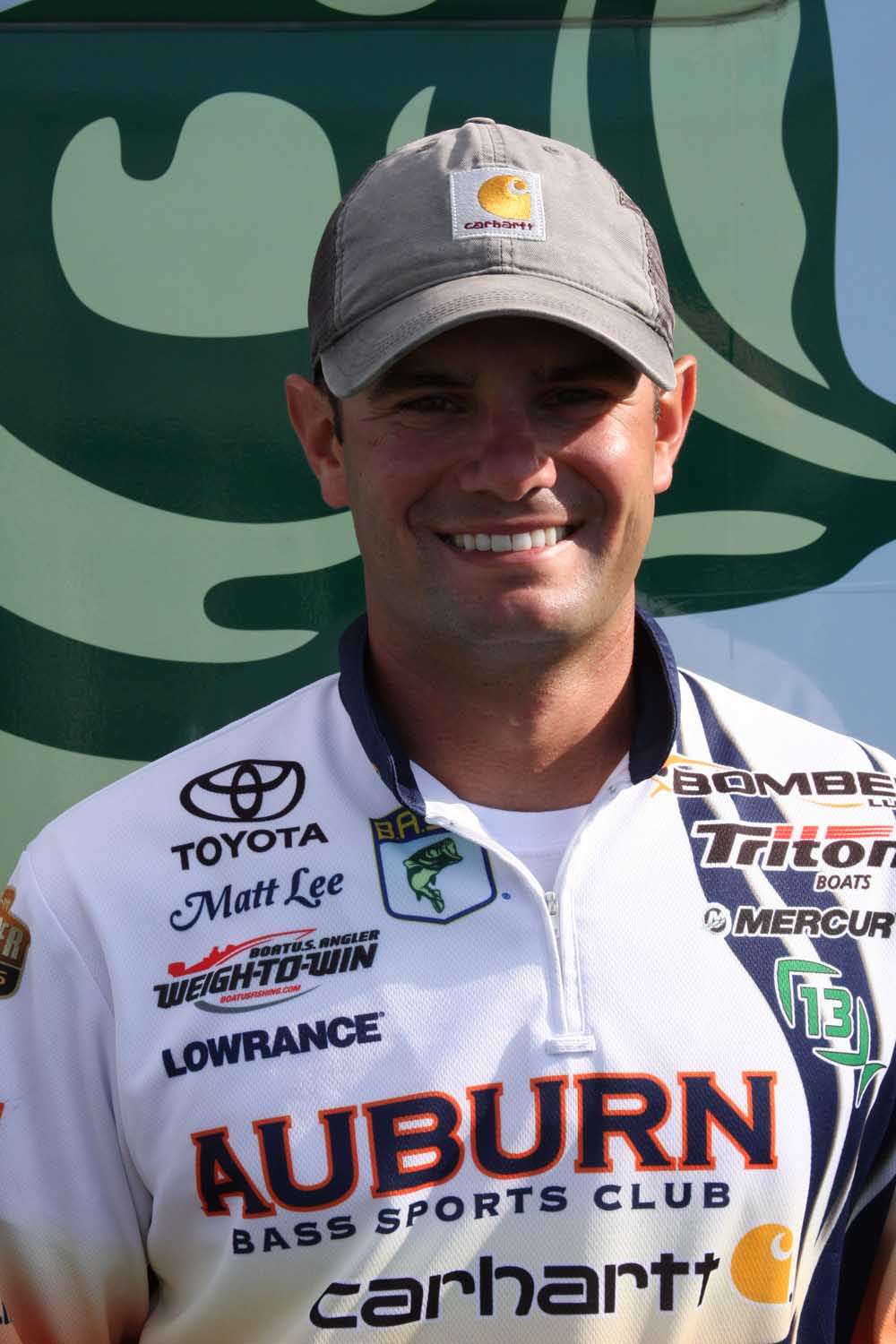
It's not paper or plastic … or Coke or Pepsi … or even chicken or beef. The pressing question for today's bass angler is jigs or soft plastics when flippin' and pitching.
Years ago, the answer was pretty straightforward. Most bassers used jigs when the water temperature was below 55 degrees and plastics when it was over 60. In between we believed either might work.
But then we came to realize it's just not that simple. Bass don't stop hitting jigs just because it's hot. And today's plastics are soft enough to be supple even in cold weather. We have more options.
But choices require decisions and decisions are not always easy to make. For important decisions like this one, we need an expert. That's where Matt Lee comes in.
Lee came to bass fishing fame in 2012 when he won the Bassmaster Classic bracket of the Carhartt College Bass Championship while fishing for Auburn University. The win sent him to the 2013 Classic and whetted his appetite for a career in professional fishing.
"Pitching and flippin' are my favorite techniques," Lee said, "and I have to make the choice between jigs and plastics all the time. Sometimes the decision is an easy one that I can make intuitively. Other times I have to really consider the options. Ultimately, only the bass can tell you what's right, but you can make some educated decisions that will save you time and fish."
For Lee, the choice between jigs and plastics starts with information gathering. Before he makes the decision, he needs to know more about the cover, the water clarity and the available forage.
Cover
"Bass baits are tools," Lee says, "and to catch the most and biggest bass, you need to have the right tool for the job. One of the first things I consider when pitching and flippin' is the cover I'll be working."
On a superficial level, cover can be broken down into types such as wood, vegetation, rocks and the like. Getting a little more specific, you can factor in particulars like type of wood, density of vegetation or size of the rocks. Each element will help lead you to the right decision.
"If I'm fishing heavy vegetation that I have to 'punch' my bait through, it's more likely that I'll fish a soft plastic bait behind a heavy sinker. That style of lure penetrates the cover better. You can get a jig or punch skirt through heavy cover, too, but you might need a heavier weight, and that can cause a bigger splash or a faster fall the bass might not like.
"Around rocks, I tend to like jigs because they look more like crawfish and you usually find crawfish around rocks," Lee says. "Around wood, I tend to fish a jig, but won’t hesitate to switch to a soft plastic if I don't get some action quickly."
Clarity
Bass are sight feeders — when they can be. If there are more than a few inches of visibility, you can count on their using the sense of sight to do most of their feeding. When they can't, their lateral lines or other senses come more into play.
"Water clarity is a big factor in my decision whether to fish plastics or jigs," Lee says. "As a rule, the dirtier the water the more likely I am to choose a jig. The reason is that a jig offers more bulk and more water displacement than a soft plastic bait. That becomes very important in dirty water where the bass are more likely to feel the bait than see it."
In extremely dirty water, Lee will even add a second skirt to the jig to slow its fall and add bulk. A big, soft plastic trailer helps, too.
"When the water's clear," Lee says, "I tend to choose smaller, more natural-looking baits. When the fish get a good look at the lure, you usually need to make it as realistic as possible."
Forage
The idea of matching the hatch is as old as fishing itself. You'll probably catch more fish if you can closely mimic their natural forage. Lee takes this into account anytime he's pitching and flippin'.
"If the bass are feeding on crawfish, I'll lean toward a jig," Lee says. "Then I'll try to dial into the local forage by matching skirt and trailer colors to whatever they're eating.
"If they're eating something other than crawfish, I'll try to emulate that. Sometimes that can best be done with a jig. Sometimes I'll go with a plastic craw, swimbait or something else."
In the end, it's up to the bass.
"Only the bass know the right decision," Lee admits. "If they bite, you were right. If not, try something else."
The Lunker Factor
Irrespective of all his other considerations is what Lee calls "the lunker factor," and it stems from his belief that big bass prefer a bigger, bulkier bait than smaller bass.
"When I've got a solid limit or anytime I'm targeting a big bass, I'm more likely to be flippin' and pitching a jig and trailer than a soft plastic bait. I think a big jig just appeals to a big fish more than a smaller meal. Of course, fishing a big jig and trailer might get you fewer bites, but you'll get more quality fish."





